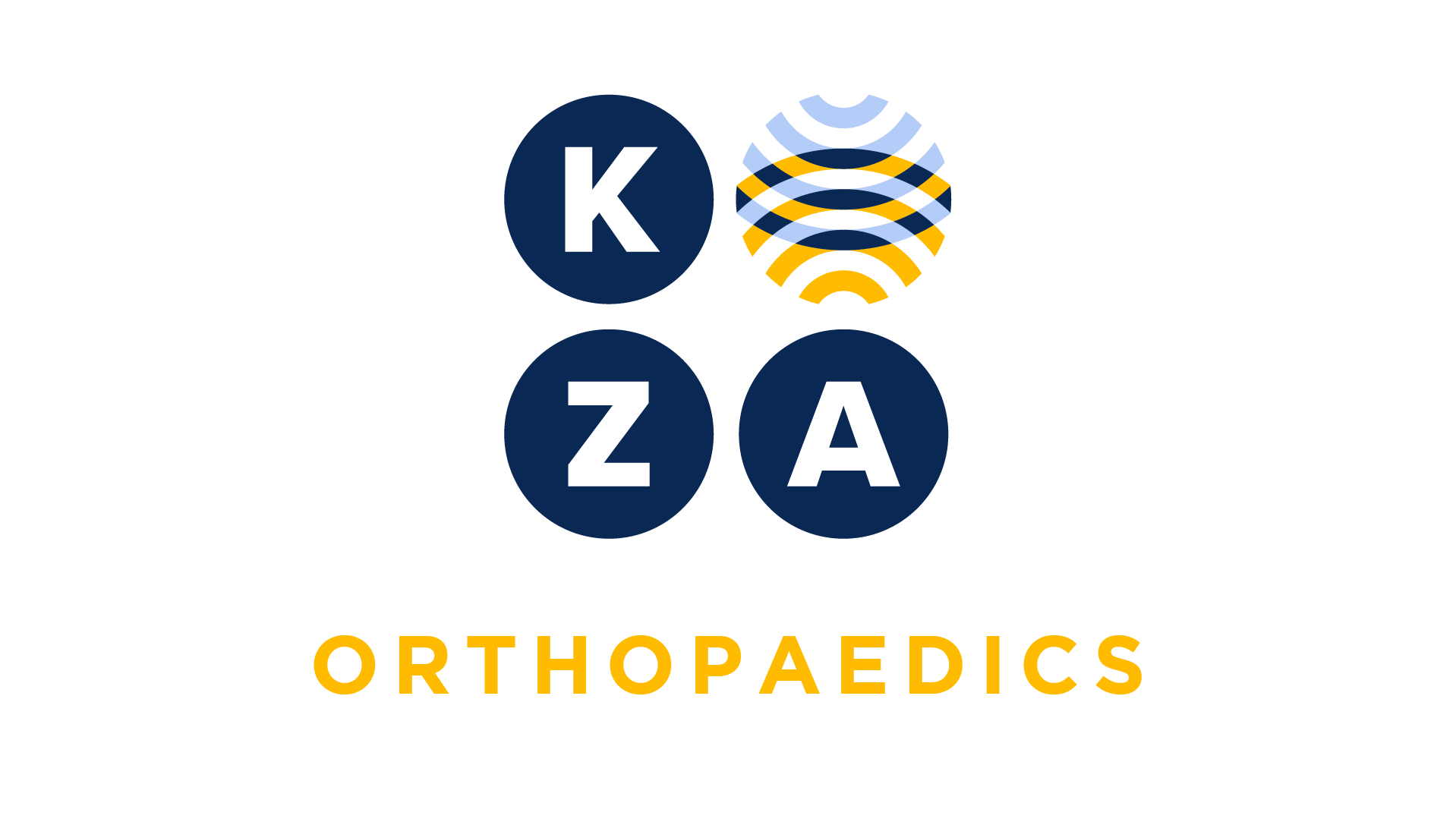Medication Documentation
Question:
We are switching to a new EHR system. We have not always had great compliance with our providers documenting what we feel needs to be documented so we want to do it right. Are you able to advise what should be included in the medical record when the provider administers medications, for example intra-articularly?
Answer:
Thank you for your Question:. Like you, we find in audits that providers do not always include the basic information required to select and submit a HCPCS code for medications. In Orthopaedics, this is most commonly related to injections to tendons, nerves, joints to name a few anatomic locations.
Documentation should include the medication name, dosage (mg or mg/ml), the route of administration and location (e.g. flexor tendon sheath, tendon insertion site, left shoulder subacromial space). In Orthopaedics, for example, J3301 describes Triamcinolone Acetonide, 10 Mg/ml. Vials for this medication commonly are available in 40 mg/ml or 80 mg/ml vial concentrations. If the physician states that “2ml” was injected into the right knee joint, it is not known if 80 mg or 160 mg was injected without the concentration. The impact, other than recording the incorrect dose, may result in incorrect reporting of the J code. 1 milliliter of Triamcinolone 40 mg/ml is reported as J3301 x 4 units; 1 ml of Triamcinolone 80 mg/ml is reported as J3301 x 8. In the example of “2ml”, the variance would be J3301 x 8 versus J3301 x 16.
Also include documentation of patient tolerance or reactions to the medications and instructions for follow-up monitoring. Don’t forget to record include wastage of drugs as appropriate and instructed by the payor, using modifier JW.
*This response is based on the best information available as of 03/18/21.

